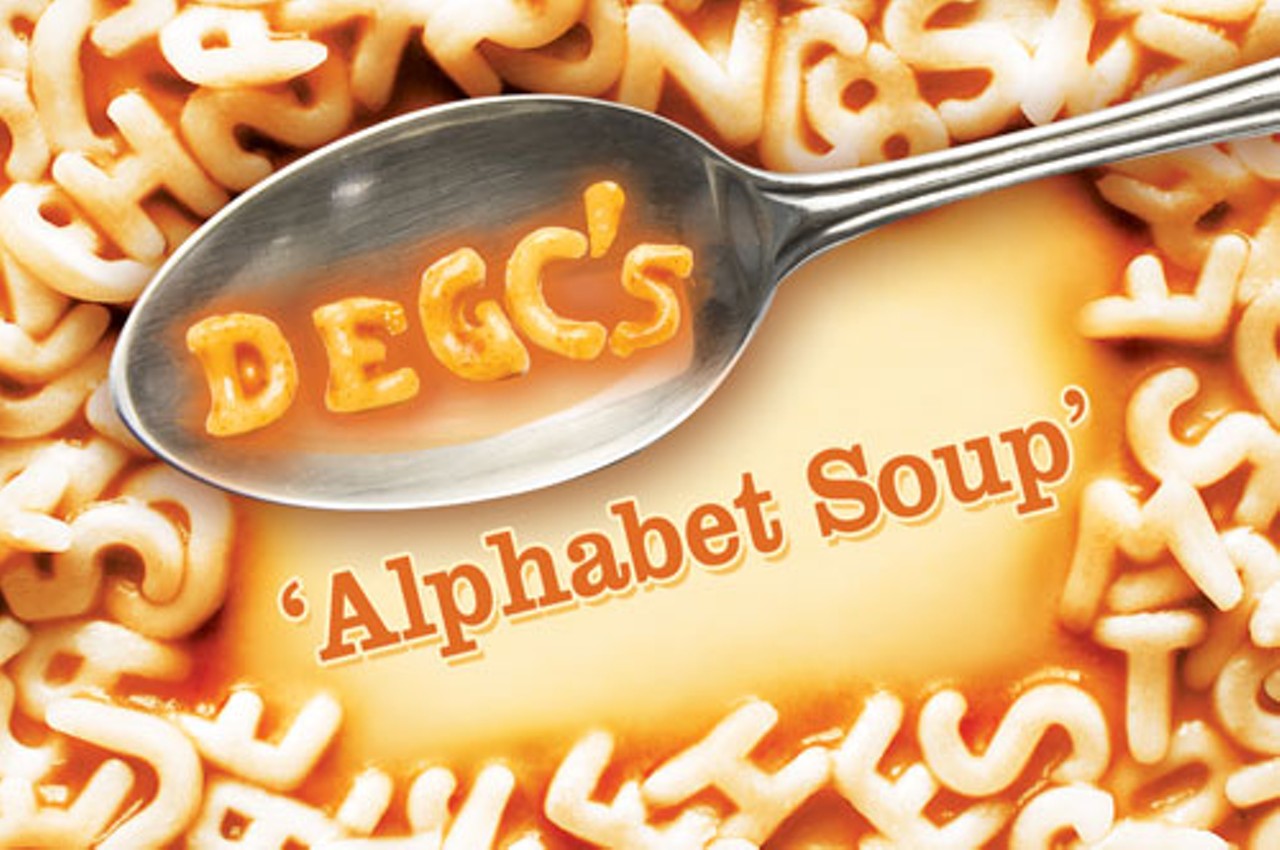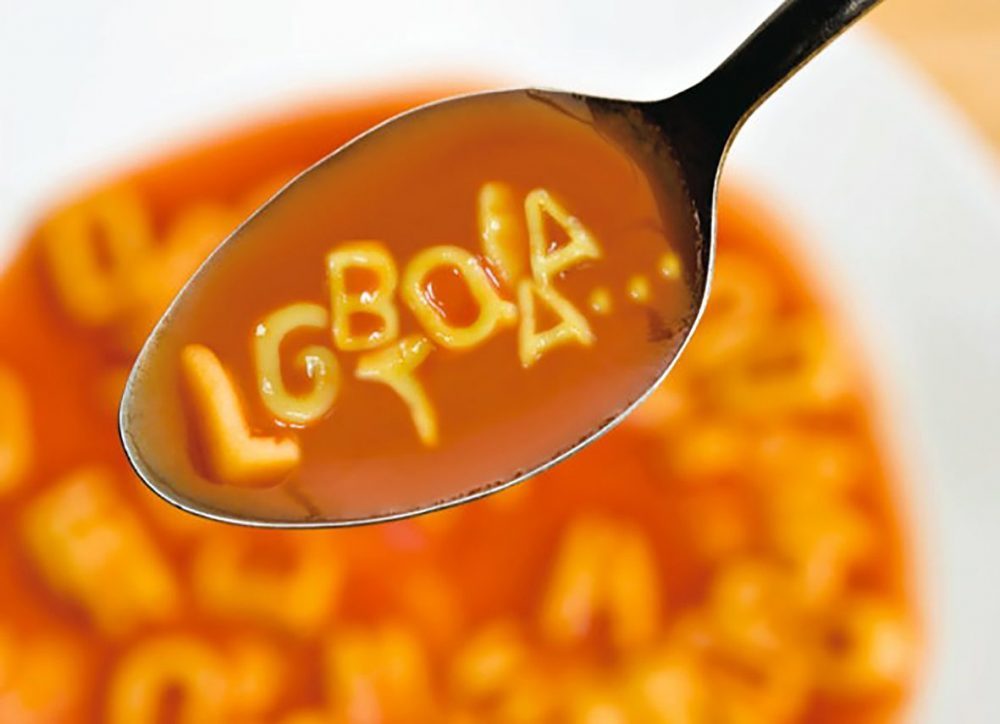

But if there’s one literary meal that no editor or proofreader likes to see, it’s alphabet soup. You can use Alphabet Soup as an Exit Ticket! Check out this written version here.A dedicated proofreader will have an appetite for all kinds of text. Any any opportunity we give students to connect what we're doing NOW to content we've already covered-its broader context-helps students tremendously and avoids that compartmentalization students famously frustrate us with. You may see gaps you need to address or find that they understand far deeper than you expected. However, you don't quite get the stark comparison that happens when so many people get to interpret the same letter.Įither approach lets students quickly create meaning out of what you've just taught, and the brief whole-class share-and-discuss time gives you quick, useful feedback about how much they're really understanding. The advantage to this approach is that some students benefit from the small act of selecting their own item, and then you get to discuss a wide variety of ideas.

The advantage of this approach is that, by the whole class using the same letter, you're able to compare and discuss together the various interpretations of the same idea.Īlternately, you can have each partnership draw their own letter and follow the same routine. After a few minutes, stop their discussion and let pairs share aloud. They should come up with a term that starts with that letter that relates in a relevant way to what you've just covered. Give students a couple minutes to turn and talk. This requires them to think critically about what you've just taught, connect it to related content, construct meaning from it, and explain their reasoning.įirst, you can draw one letter for the whole class to consider. Students come up with a term starting with the selected letter of the alphabet that relates to what you just lectured about. Alphabet Cards (either flashcards or printed) or alphabet magnet letters Alphabet Soup is a quick, easy, no fuss way to give students a chance to pause and construct meaning from your lecture.


 0 kommentar(er)
0 kommentar(er)
